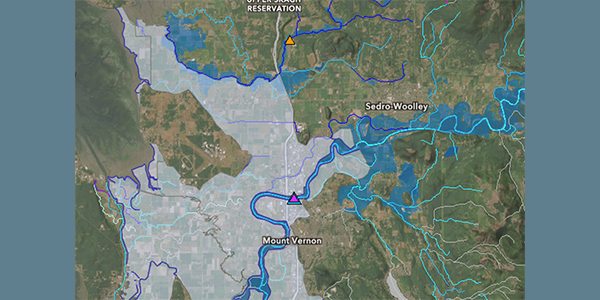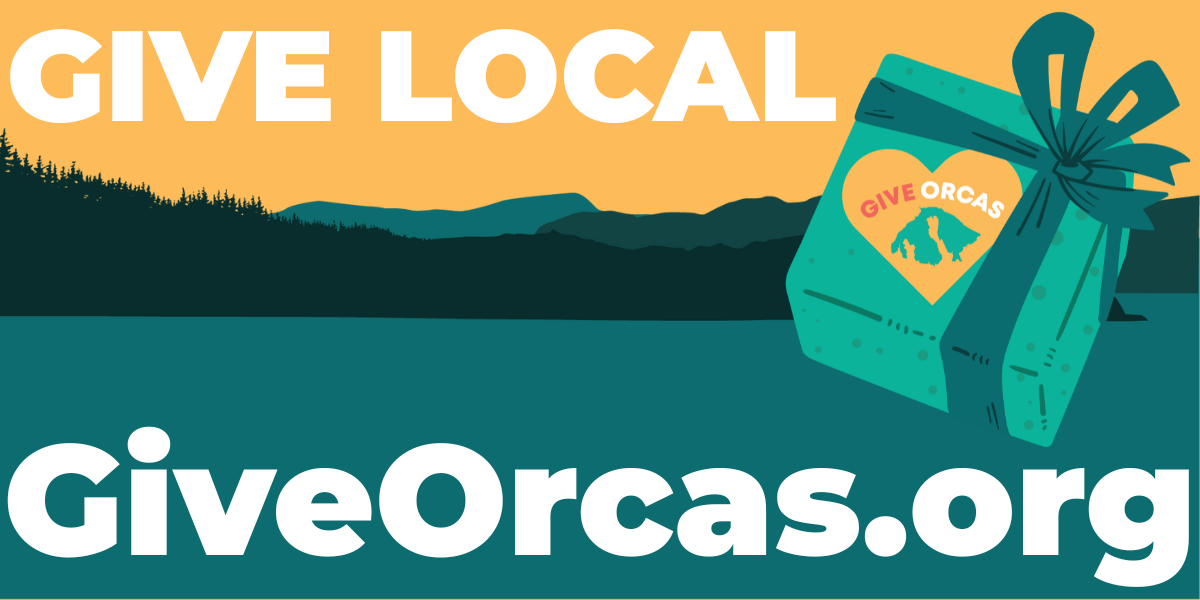||| FROM STATE DEPARTMENT OF HEALTH |||
OLYMPIA – Today the Washington State Department of Health (DOH) released the latest statewide situation report on COVID-19, which shows the state’s progress in fighting COVID-19 since early January is slowing. These trends are cause for significant concern as variants of the virus that spread more easily and cause more serious illness become more widespread in the state. Report findings include:
- COVID-19 transmission may be increasing. Our estimates for the reproductive number – how many new people each COVID-19 patient will infect – remain close to one, with more uncertainty in recent weeks than over the previous few months. The best estimate of the reproductive number in Washington on March 5 was 1.28. The goal is to maintain a reproductive number well below one—meaning COVID-19 transmission is declining—for a substantial amount of time.
- Statewide daily case counts have flattened at a relatively high level of around 654 new cases per day as of March 11. Case counts began flattening over the previous month following declines that started in early January.
- Many counties are seeing cases plateau, though there is some variation from county to county. Twenty-three of 39 counties had rates lower than 100 new cases per 100,000 people over the two-week period ending on March 11, and three of those counties had no new cases during that time. During that same time, 13 counties had rates between 100 and 200 new cases per 100,000 people, and two counties had rates between 200-300 new cases per 100,000 people. One county had over 400 new cases per 100,000 people, demonstrating how quickly the situation can shift as people change their behavior.
- Cases among people over 60 years old are declining more rapidly as the proportion of vaccinated people in this age group grows. Across all age groups, declines in case counts began in early January and largely flattened over the last month, with some recent variability among younger adults and youths. With lower vaccination rates, these younger populations remain susceptible to the disease. This is particularly concerning as variants of concern increase, since even young people can get severely ill and die of COVID-19.
- Hospital admission rates have declined since early January among all age groups. However, we have started to see these declines flatten among people 80 and older (a population that is more vulnerable to severe illness) and people age 40 to 49 (a population with a lower proportion of vaccinated people than older groups).
- The number of hospital beds occupied by confirmed and suspected COVID-19 patients began increasing in mid-March after steady declines since January. We see this uptick in the total number of occupied beds as well as in intensive care unit (ICU) beds.
- The estimated prevalence (percentage of people with active COVID-19 infections) has plateaued since early February, following declines in January. High prevalence means there are a lot of people with infections who may need health care and could be spreading the virus to others. The best model-based prevalence estimate as of March 5 was 0.11%.
“I am increasingly concerned about the signs we’re seeing in our data. Previous declines have stopped, and disease activity may be increasing,” said Acting State Health Officer Scott Lindquist, MD, MPH. “We all need to recognize that the pandemic is not over and significant risk remains, even as we vaccinate more and more people. We need to limit the spread of the virus by actively making good choices in our communities, including wearing masks, keeping our distance, avoiding gatherings and delaying travel.”
DOH partners with the Institute for Disease Modeling, Fred Hutchinson Cancer Research Center, University of Washington and the Microsoft AI for Health program to develop these reports every other week. More COVID-19 data can be found on the DOH data dashboard and in the state’s Roadmap to Recovery dashboard.
The DOH website is your source for a healthy dose of information.
**If you are reading theOrcasonian for free, thank your fellow islanders. If you would like to support theOrcasonian CLICK HERE to set your modestly-priced, voluntary subscription. Otherwise, no worries; we’re happy to share with you.**








